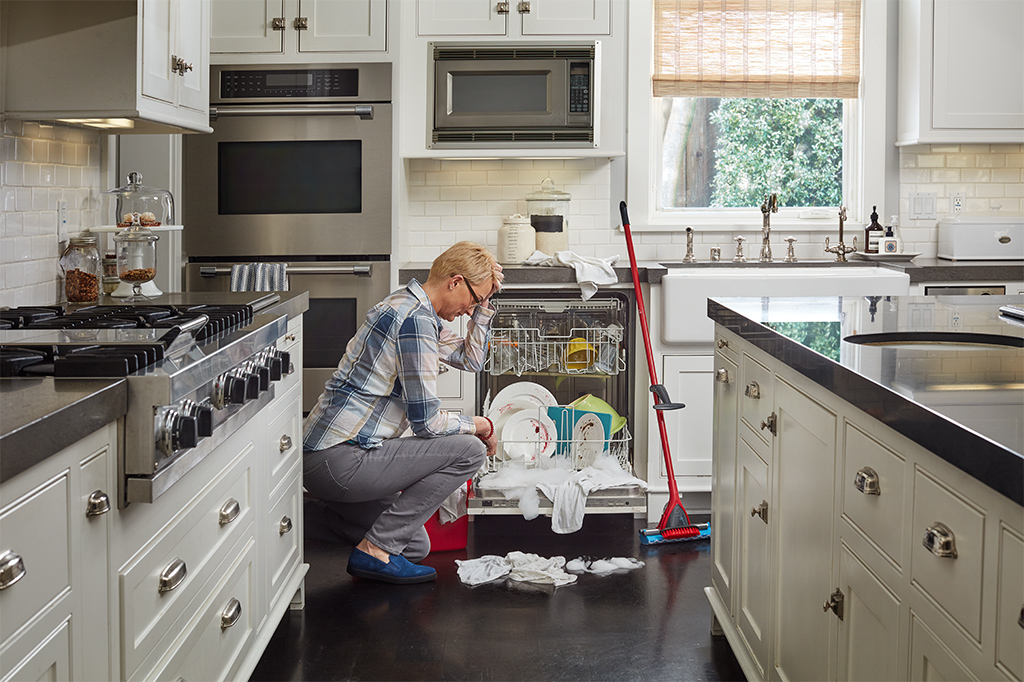Introduction
Major appliances are the backbone of modern households, making daily tasks more convenient and efficient. However, like any mechanical device, these appliances can experience malfunctions or breakdowns over time. Hiring a professional repair service can be costly, but with the right knowledge and techniques, you can tackle many common appliance issues on your own. In this article, we’ll provide a comprehensive guide to repairing major appliances, while emphasizing safety and troubleshooting skills. Please note that attempting complex repairs beyond your skill level might lead to further damage or injury, so when in doubt, it’s best to seek professional assistance.
- Safety First
Before embarking on any appliance repair, prioritize your safety. Unplug the appliance or turn off the power at the circuit breaker to avoid electrical shocks. Wear appropriate safety gear, such as gloves and safety glasses, when handling any appliance components. Additionally, consult the appliance’s manual for specific safety instructions and recommended repair procedures.
- Troubleshooting
Often, appliance issues stem from simple and fixable problems. Before attempting repairs, try to identify the problem’s root cause by troubleshooting:
a. Check power sources: Ensure the appliance is properly plugged in, and the circuit breaker hasn’t tripped.
b. Inspect power cords and plugs: Look for any visible damage or loose connections.
c. Cleanliness and maintenance: Dust, debris, or food particles can obstruct proper functioning. Clean and maintain the appliance regularly.
d. Error codes and lights: Modern appliances may display error codes or lights to indicate issues. Consult the user manual for guidance.
- Tools and Resources
Having the right tools is essential for successful appliance repairs. Some common tools you might need include:
- Screwdrivers (flathead and Phillips)
- Wrenches and pliers
- Multimeter for testing electrical components
- Nut drivers
- Wire strippers
- Replacement parts (if needed)
Also, find reliable resources such as appliance manuals, online forums, and video tutorials to guide you through specific repair procedures.
a. Refrigerator:
- Fixing temperature issues
- Replacing faulty thermostat or defrost timer
- Cleaning or replacing clogged condenser coils
b. Washing Machine:
- Fixing leaks
- Replacing a malfunctioning water inlet valve
- Changing a damaged drive belt
c. Dishwasher:
- Unclogging the spray arms and filters
- Replacing a broken pump or motor
- Fixing door latch problems
d. Oven/Range:
- Replacing faulty heating elements
- Fixing burner ignition issues
- Addressing temperature calibration problems
e. Dryer:
- Cleaning lint buildup in the vent and lint trap
- Replacing a defective heating element or thermostat
- Fixing a malfunctioning drum roller or belt
- Knowing Your Limits
While tackling minor appliance repairs can save you money and time, some issues are best left to professionals. If the repair involves complex electrical components, gas connections, or intricate parts that you’re not familiar with, seeking professional help is the safest approach. DIY repairs should never compromise your safety or the integrity of the appliance.
Conclusion
Repairing major appliances can be a rewarding and cost-effective skill to possess. By following safety precautions, troubleshooting effectively, and using the right tools, many common appliance issues can be resolved without expert assistance. However, remember to know your limits and seek professional help when dealing with intricate repairs or complex systems. With the right knowledge and approach, you can extend the lifespan of your appliances and ensure they continue to serve you well for years to come.
You may also like
-
Automatic Fruit Wine Bottling Line for Small Wineries: A Complete Guide
-
How Does Plywood HSN Code Decide the GST Rate for Traders and Manufacturers?
-
POS Terminal Type: Which Is Best for Your Business?
-
How to Choose Fixed and Portable Gas Monitors for Industrial Gas Detection?
-
Simplifying Trademark Registration in Hong Kong: What Businesses Need to Know

